Instruction on how to be as much at home in the lab as was the man himself

Just imagine if you had been in the audience on 16 June 1825, as Michael Faraday described his isolation of ‘bicarburet of hydrogen’. You would have been present for the start of a chemical quest that persists to this day.
It was no chance discovery. Lighting in Britain was big business. While oil lamps and tallow candles were the standard source of illumination in the 18th century, the gas obtained by pyrolysis of whale oil burned far brighter. By the mid-1810s the whale oil industry was having to defend its market share against the upstart coal gasification industry. The rush to gas had led to accidents and the Royal Society had been called in to provide expert guidance; chemists were involved at every stage.
Among the entrepreneurs was David Gordon, a Scottish inventor who, in partnership with Edward Heard, began to compress the gas obtained from oil pyrolysis into copper cylinders at about 30 atmospheres. Their firm, the London Portable Gas Company, was set up in 1819 in Clerkenwell, an industrial area then on the outskirts of London. The company’s patented lamps offered a means of illumination for houses that did not yet have piped gas.
Gordon had noticed, however, that after compression and storage the gas seemed to burn less brightly; an oily liquid collected at the bottom of the cylinders. It was this material that Faraday collected and ‘took home’ in a bottle for analysis. The contents boiled spontaneously so Faraday cooled it in a salt–ice freezing mixture and carried out repeated distillations, eventually obtaining a clear liquid at 185–190˚F (85–88˚C) that solidified at ice temperature. This was the bicarburet of hydrogen that would later come to be known as benzene.
It was a pretty impressive technical achievement. The paper itself gave few details and few would have been in a position to reproduce the process without further instruction.
A helping handbook
These thoughts must have occurred to Faraday. In the 15 years since he had left his apprenticeship as a bookbinder and been hired as Humphry Davy’s assistant, he had become a supremely skilled and meticulous experimenter. He decided to document all of the tricks of his trade into a book – Chemical Manipulation – that he published in 1827, one of the earliest examples of a practical laboratory handbook like those that would make Ludwig Gattermann and Arthur Vogel famous.
These thoughts must have occurred to Faraday. In the 15 years since he had left his apprenticeship as a bookbinder and been hired as Humphry Davy’s assistant, he had become a supremely skilled and meticulous experimenter. He decided to document all of the tricks of his trade into a book – Chemical Manipulation – that he published in 1827, one of the earliest examples of a practical laboratory handbook.
The book is astonishingly comprehensive, but, as the following quote shows, also very revealing of the man.
‘Those who love the science, and are in circumstances to pursue it liberally, will probably never think a damp kitchen or a small attic sufficient for their purpose. It was in a spirit of this kind that the late Dr. Marcet, when he purchased a house on the banks of the lake of Geneva …appropriated one of the best rooms in it to the purposes of a laboratory… to make that a pleasant place where he found so much pleasure.’
Consider also Faraday’s reference to taking the sample of condensate ‘home’. The lab was where his heart was, the place he was most at home.
The 600 pages are peppered with nuggets of wisdom that remain true today.
Faraday poured this love into the book. Every lab activity is there. There are detailed descriptions of furnaces and how to use them, how to weigh samples, calibrate thermometers, collect precipitates and much more. The 600 pages are peppered with nuggets of wisdom that remain true today. ‘The balance and weights should be carefully examined at intervals, to ascertain their accuracy, for if they involve unnoticed errors, the experiments made with them may be worse than useless. Some curious conclusions, tending to subvert most important chemical truths, might be quoted as having arisen solely in this way.’
Safety is a big concern: he describes movable hoods to keep noxious vapours from the laboratory, precautions for the use of mercury, and how to protect the fragile glassware of the day from thermal shock and ‘bumping’ during distillations. He is frugal, avoiding waste and emphasising reuse; even fragments of broken glassware can be repurposed. Above all there is a sense of the kind of mentoring that he would have given to a young assistant: how to free stuck joints, prevent stirrers from rolling and fold ‘bibulous’ paper.

Faraday devotes some 30 pages to distillation and the image shows a method he might have used: a retort heated with an oil lamp, its height set with wooden blocks, platinum foil sliced with scissors ‘so as to form a fringe’ to stop bumping, water dripped onto paper wrapped round the neck to condense the vapour, the receiver cooled with a freezing mixture, corks for the connections. It is a far cry from the Quickfit setups of today.
Forget the lecture. Who wouldn’t dream of watching Faraday going about his experiments? As a substitute, download the book from the Internet Archive; there are details and tips that you will find useful even today.


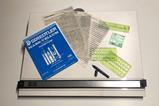

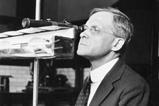

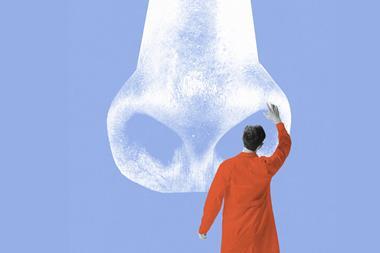
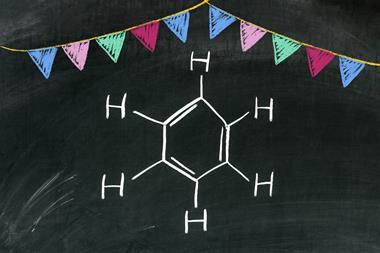







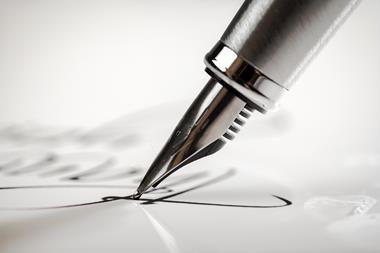

No comments yet